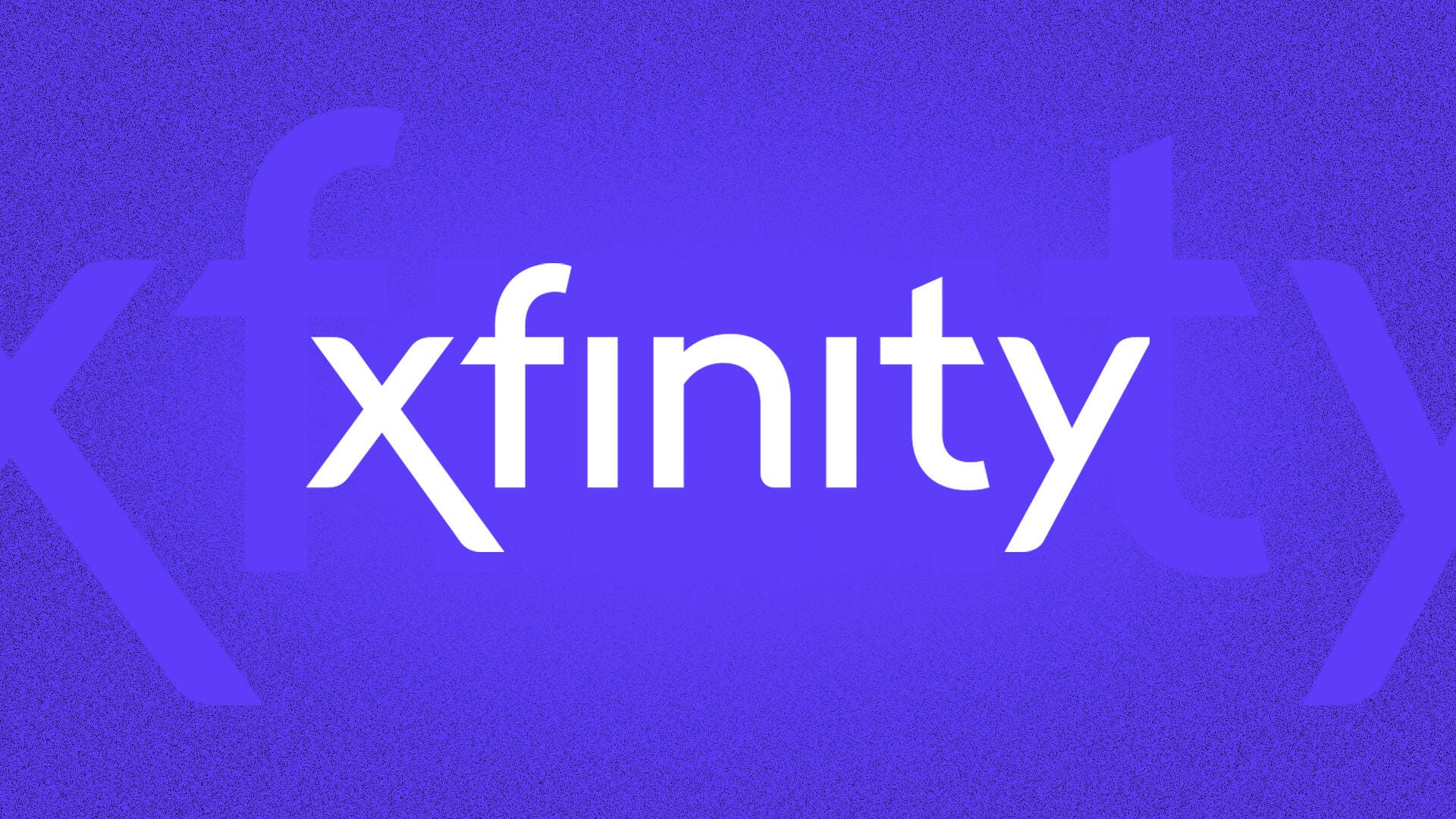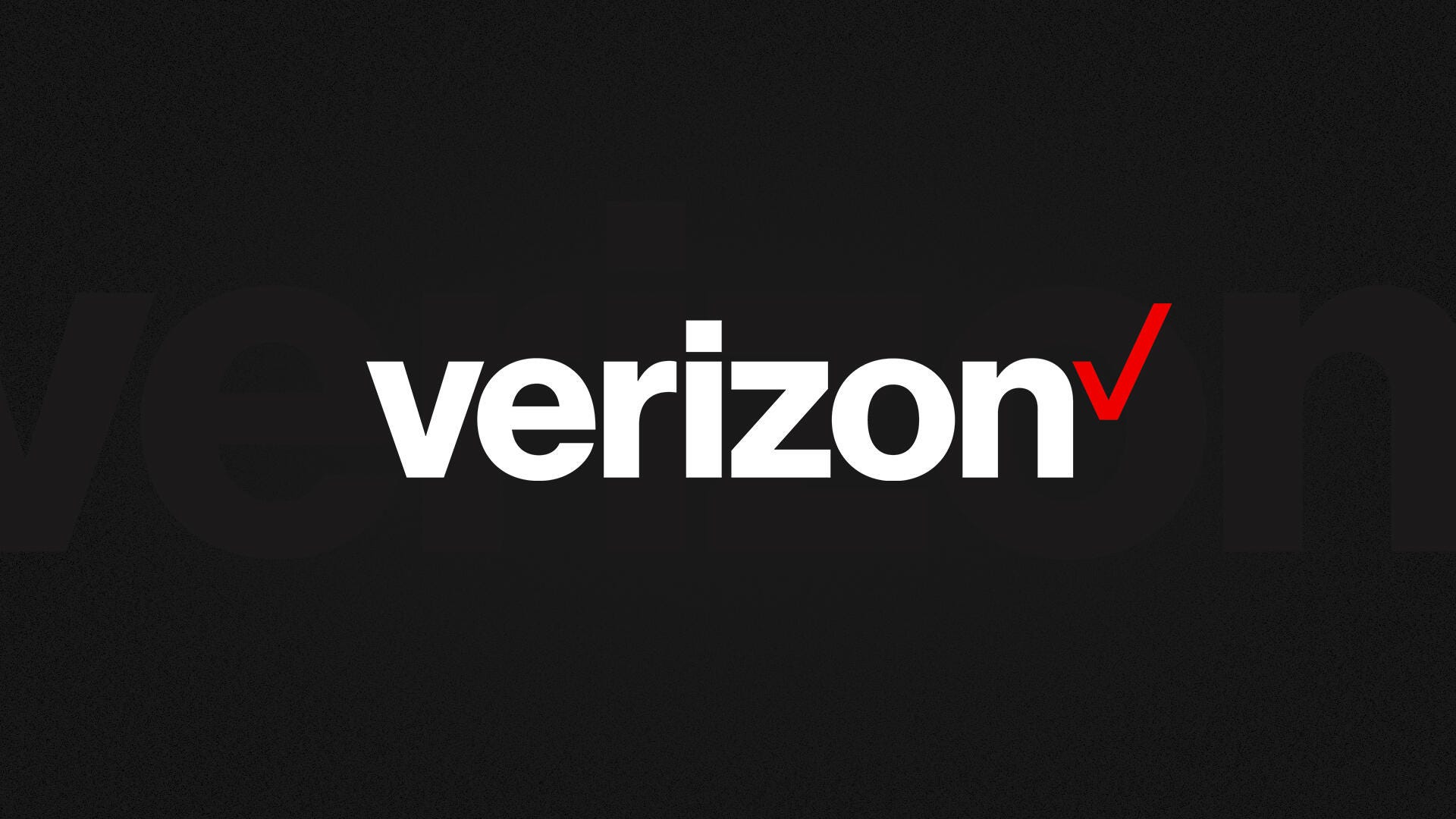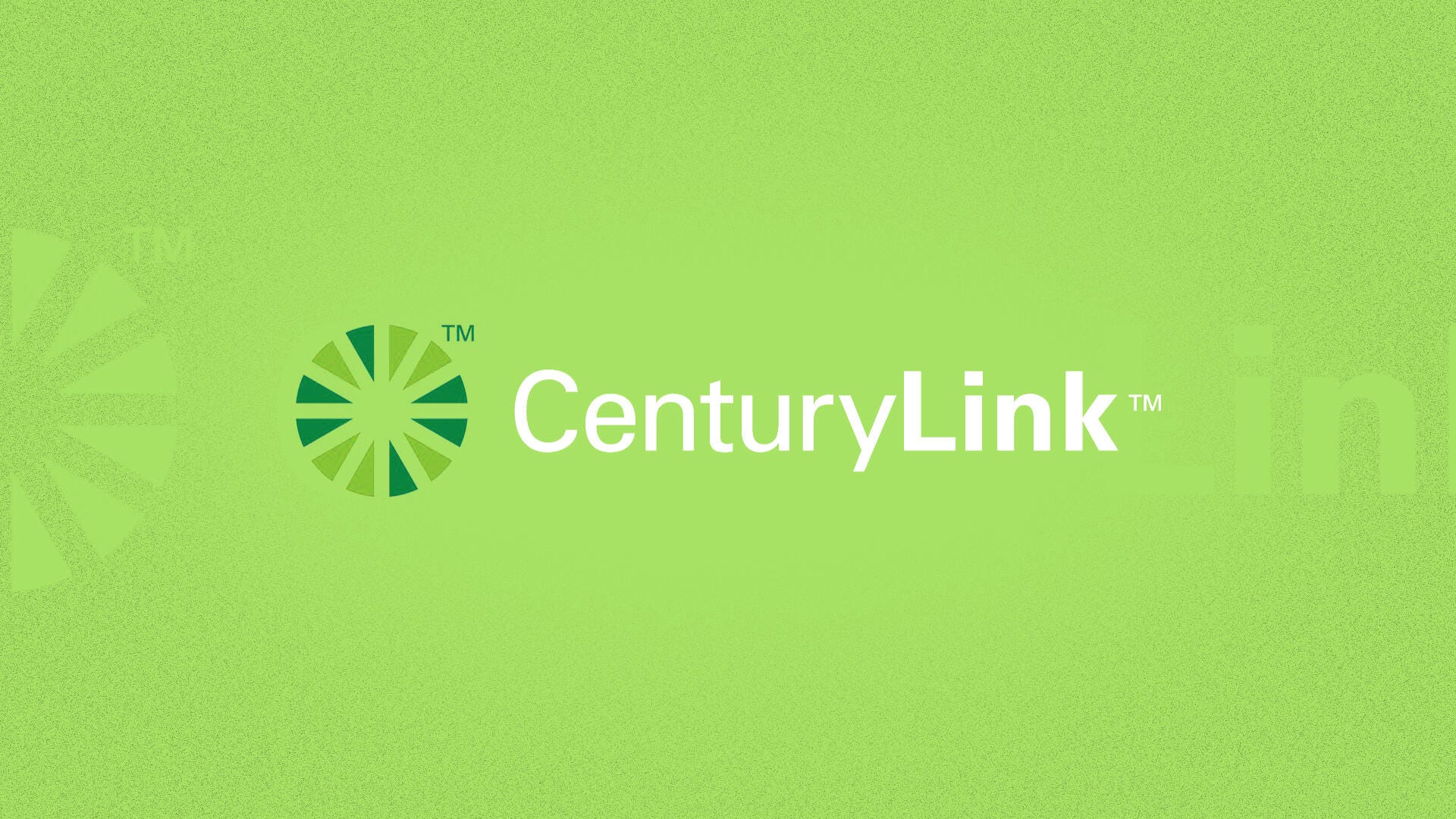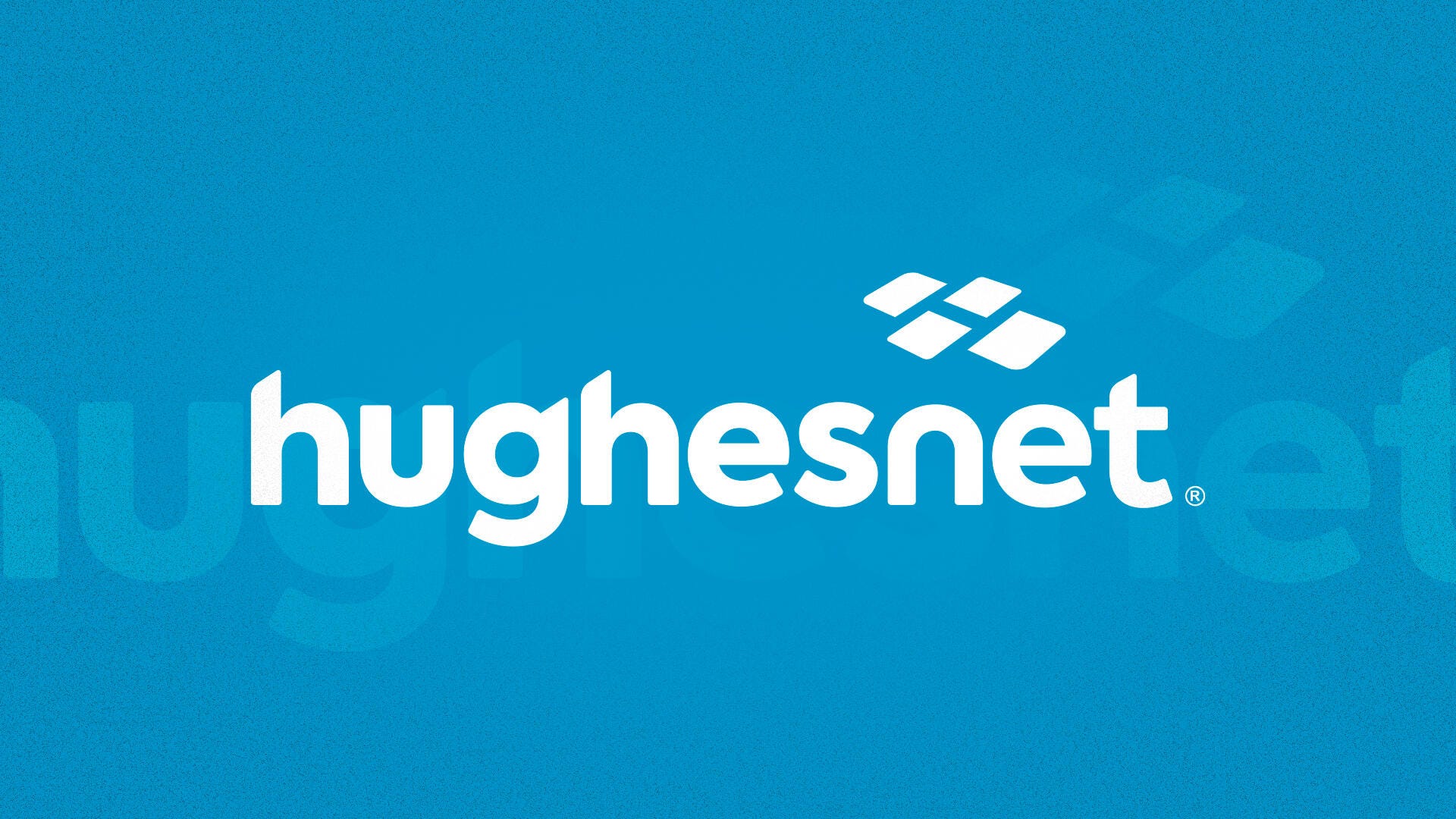What’s the best internet provider in Florida?
From DSL to fixed wireless to fiber, Florida’s range of broadband providers can vary dramatically in affordability and speed. But when you need the best, there’s only one choice. CNET’s pick for the best internet service provider in Florida is AT&T Fiber. It’s affordable and has some of the fastest speeds available in the region.
No fiber? No problem. Cable provider Xfinity covers large areas of the state. DSL specialist Frontier competes in the Tampa area and cable ISP Spectrum has a big presence across the middle of Florida. Rural areas with few other options can look to DSL, satellite, 5G home internet or fixed wireless providers. The goal is to find a reliable internet provider fast enough to handle your streaming, gaming or remote work needs.
CNET considers speeds, pricing, customer service and overall value to recommend the best internet service in Florida across several categories. Our evaluation includes referencing a proprietary database built over years of reviewing internet services. We validate that against provider information by spot-checking local addresses for service availability. We also do a close read of providers’ terms and conditions and, when needed, will call ISPs to verify the details.
Despite our efforts to find the most recent and accurate information, our process has some limitations you should know about. Pricing and speed data are variable: Certain addresses may qualify for different service tiers, and monthly costs may vary, even within a city. The best way to identify your options is to plug your address into a provider’s website.
Also, the prices, speed and other information listed above and in the provider cards below may differ from what we found in our research. The cards display the full range of a provider’s pricing and speed across the US, according to our database of plan information provided directly by ISPs. At the same time, the text is specific to what’s available in Florida. The prices referenced within this article’s text come from our research and include applicable discounts for setting up automatic payments each month — a standard industry offering. Discounts and promotions might also be available for signing a term contract or bundling multiple services.
To learn more about how we review internet providers, visit our full methodology page.
Best internet options in Florida
300 – 5,000 Mbps
$55 – $250 per month
Our take – What makes fiber so alluring? It’s fast up and down, it’s reliable and if you go with AT&T Fiber, your bills will be straightforward and predictable, since the company promises no price hike after the first year.
300 – 5,000 Mbps
$55 – $250 per month

150 – 6,000 Mbps
$20 – $300 per month
Our take – Coverage is the name of the game here. Comcast’s cable service, Xfinity, is all over Florida. According to the FCC’s National Broadband Map, it reaches nearly half the residences in the state.
150 – 6,000 Mbps
$20 – $300 per month

Fixed wireless
85 – 1,000 Mbps
$50 – $70 per month
Our take – Verizon and T-Mobile are in close combat as the top dog among fixed wireless internet providers. Either one can be a solid alternative to cable or DSL. Verizon delivers decent top speeds and offers plans as low as $35 monthly when bundled with an eligible phone plan.
Fixed wireless
85 – 1,000 Mbps
$50 – $70 per month

10 – 140 Mbps
$55 per month
Our take – There’s no one-size-fits-all when it comes to rural internet. Very remote homes may need to go with satellite internet, while others may be in a good spot for fixed wireless from T-Mobile or a regional provider like Rapid Systems. On the wired side, CenturyLink DSL reaches into some parts of Florida that other ISPs don’t. Also, look for coverage from Kinetic by Windstream, another DSL ISP that reaches some rural areas.
10 – 140 Mbps
$55 per month

$50 – $80 per month
Our take – Rural residents, this one’s also for you. Satellite internet goes where DSL, cable, fiber and fixed wireless don’t. If that’s you, then consider Hughesnet for an affordable alternative. It competes with Viasat and Starlink, but pricing bumps it onto our best list for ISPs in Florida.
$50 – $80 per month
Rural internet options in Florida
| Provider | Connection type | Price range | Speed range | Data cap | Availability |
|---|---|---|---|---|---|
|
CenturyLink Read full review |
DSL | $55 | 20-140Mbps | None | Some metro areas in the panhandle and peninsula |
| Kinetic by Windstream | DSL | $40-$70 | 300-1,000Mbps | None | North peninsula |
|
Mediacom Read full review |
Cable | $20-$65 | 250-1,000Mbps | None | Panhandle |
| Open Broadband | Fiber/fixed wireless | $50-$85 | 25-100Mbps | None | Citrus, Hernando and Pasco counties |
| Rapid Systems | Fixed wireless | $50-$130 | 10-150Mbps | None | Broad area around Tampa |
|
T-Mobile Home Internet Read full review |
Fixed wireless | $55 ($50 with Auto Pay) | 72-245Mbps | None | 5G coverage across large areas of Florida |
Show more (1 item)
Source: CNET analysis of provider data.
Satellite internet is good to go almost anywhere, even in remote locations, but you may have other options for your rural home. Chances are you won’t have the luxury of a fiber connection, and even cable can be hard to come by. Regarding wired internet, your best bet may be DSL from ISPs like AT&T Internet or CenturyLink, our choice for the best rural internet provider in the US overall. DSL speeds won’t give you whiplash, but they’ll likely be faster and cheaper than other alternatives.
Fixed wireless is one solution for reaching homes not connected to wired internet. You can check if T-Mobile Home Internet (which has been expanding its reach in rural areas) or Verizon 5G Home Internet happens to service your address. Keep an eye out for smaller, regional providers. Rapid Systems, for example, provides fixed wireless to 11 counties in Florida and services parts of Valrico and Bradenton with plans starting at $49 a month. Open Broadband, a company focused on underserved areas across the southeastern US, covers several Florida counties with plans that start at $50 for 25Mbps.
Florida will soon have more rural internet options thanks to government investments and grants. In June of 2023, Comcast announced plans to expand its Xfinity 10G network to 25 rural areas in the state.
Head to the FCC National Broadband Map and look up your address to understand which ISPs service your location. You may discover a local provider you weren’t aware of. If all else fails, there’s always satellite internet from Starlink, Viasat or Hughesnet, with Hughesnet being our recommendation based on affordability. Here’s our comparison of the best satellite internet providers.
Internet breakdown by city in Florida
It’s hard to cover the broadband options of an entire state and give individual cities the attention they deserve. That’s why we also compile lists of the best internet providers in cities across the US, including those in Florida. We tackle details such as internet connection types, maximum speeds, cheapest providers and more. Check back later if you don’t find the town you’re looking for below. We’re working to add more cities every week.
Florida broadband coverage at a glance
According to the FCC, a broadband connection has to have download speeds of at least 100Mbps and upload speeds of at least 20Mbps. Florida’s data from 2022 found that 88.8% of households in the state have access to broadband internet, but some counties fare better than others. Clay County, part of the Jacksonville metro area, hit nearly 94% access, while Hamilton County, on the north edge of the state, was only at 73.9%. If you look at Florida’s data going back to 2017, there’s been a steady upward tick in broadband availability across the state.
Fiber internet, lauded for its reliability and upload speeds as well as fast downloads, still hasn’t achieved 100% coverage across the state. FCC data shows about 92.8% of residences can connect with fiber speeds up to 250Mbps, and just 47% can get a gig or faster. The places with the best fiber coverage are concentrated around the big metro areas of Tampa, Jacksonville and Miami. That’s something to consider if you’re planning a move to Florida and need fiber for work or gaming. AT&T Fiber is a major ISP player in Florida, but look for Frontier Fiber in the Tampa area.

How fast is Florida broadband?
FCC data shows over 90% of Florida homes can access fixed broadband speeds of at least 250Mbps, but that figure drops to under 50% for speeds of at least 1,000Mbps. Not surprisingly, the largest metro areas enjoy the highest speed options, so if you need a super-fast connection for work or play, then keep an eye on big cities like Jacksonville, Tampa and Miami.
Let’s measure Florida against the rest of the nation. According to Ookla’s Speedtest data, Florida ranks strongly when it comes to fixed broadband, coming in third, just behind Rhode Island and Connecticut. Ookla also ranks the internet speeds for the 100 most populous cities in the US. Florida enters the picture, with Hialeah in 25th place and Jacksonville ranking 27th. Other metro areas, including Tampa (50th), Miami (87th), and Orlando (59th), don’t fare as well, showing Florida has some room for improvement in its broadband performance.
When it comes to fast internet in Florida, fiber is where it’s at. AT&T Fiber has some of the widest availability across the state, though it’s still hit-and-miss as to coverage when you look at a state-wide map. AT&T delivers speeds of up to 5,000Mbps in some spots. There are a handful of other fiber competitors, notably CenturyLink’s Quantum Fiber and Frontier Fiber. Recent federal and state broadband infrastructure investments should help expand fiber’s footprint in the state.
Internet pricing in Florida
A typical starting price for home internet is $50 a month, but some providers have lower entry points, often as promotional deals or contract deals for new customers. Xfinity is notable for offering a $20-a-month Connect plan for 150Mbps service, but that’s a one-year promo price. If you’re an existing T-Mobile or Verizon phone customer (or plan to become one), you can get deeply discounted home internet to the tune of $40 a month with T-Mobile or $35 a month with Verizon.
There are other ways to save on your internet bill. For starters, be realistic about how much speed you need. If you’re just streaming Netflix and shopping online, you probably don’t need that $250-per-month, 5,000Mbps AT&T Fiber plan. A slower, less expensive plan will do just fine. While it’s not necessarily fun to switch ISPs, the savings can be worth it. Shop around and compare pricing, especially if your existing plan has reached the end of its promo period and the price has gone up. Here are eight ways to save on your internet bill.
How CNET chose the best internet providers in Florida
Internet service providers are numerous and regional. Unlike the latest smartphone, laptop, router or kitchen tool, it’s impractical to personally test every internet service provider in a given city. What’s our approach? For starters, we tap into a proprietary pricing, availability and speed database that draws from our own historical ISP data, partner data and mapping information from the Federal Communications Commission at FCC.gov.
It doesn’t end there: We go to the FCC’s website to check our data and ensure we consider every ISP that provides service in an area. We also input local addresses on provider websites to find specific options for residents. We look at sources, including the American Customer Satisfaction Index and J.D. Power, to evaluate how happy customers are with an ISP’s service. ISP plans and prices are subject to frequent changes; all information provided is accurate as of publication.
Once we have this localized information, we ask three main questions:
- Does the provider offer access to reasonably fast internet speeds?
- Do customers get decent value for what they’re paying?
- Are customers happy with their service?
While the answers to those questions are often layered and complex, the providers that come closest to “yes” on all three are the ones we recommend. When selecting the cheapest internet service, we look for the plans with the lowest monthly fee, though we also factor in things like price increases, equipment fees and contracts. Choosing the fastest internet service is relatively straightforward. We look at advertised upload and download speeds and consider real-world speed data from sources like Ookla and FCC reports.
To explore our process in more depth, visit our how we test ISPs page.
Future of broadband in Florida
The future of Florida broadband looks bright. Federal money is pouring in to improve internet options. In December 2022, Florida was approved for $248 million to help connect an estimated 48,400 households and businesses lacking in high-speed internet access. That dollar figure is dwarfed by an incoming investment of nearly $1.7 billion through the Broadband Equity Access and Deployment program as part of the federal Infrastructure Act.
Florida’s Broadband Opportunity Program is at work to expand broadband. It made a splash in May 2023 with the announcement of $60 million in awards for 22 projects across the state. Those funds are going to a variety of work, including laying fiber-optic cable in multiple counties like Bradford, Marion, Highlands and Santa Rosa. Other projects are focused on expanding fixed wireless coverage in rural areas. As these projects come to fruition, more rural and underserved areas will be able to get fast, reliable and affordable internet.
Internet providers in Florida FAQs
Does Florida have good internet?
Ookla’s Speedtest data puts Florida in 3rd place in its ranking of regional internet speeds, but that’s not the whole story. If good internet means fast speeds, then the answer is a qualified “yes.” According to the FCC, over 47% of Florida households can pull down speeds of at least 1,000Mbps while over 90% have access to speeds of at least 250Mbps.
Does Florida have fiber internet?
Your best bet — if you’re hoping to get hooked up with fiber — is to live in a major metro area. AT&T Fiber offers strong coverage down the eastern coast, but it’s not the only fiber ISP in the state. Also, look out for Hotwire, Quantum Fiber from CenturyLink or Frontier Fiber as possible options depending on where you live.
What’s the best internet in Florida?
If you’re fortunate enough to live in an area covered by AT&T Fiber or another fiber provider, that should be your first stop when comparing speeds and prices. AT&T Fiber’s simple pricing and affordable entry-level plan of 300Mbps service for $55 per month make it our most-recommended ISP. If fiber isn’t available, look to cable options like Xfinity, Spectrum or Cox for faster speed than you can get from DSL competitors.




